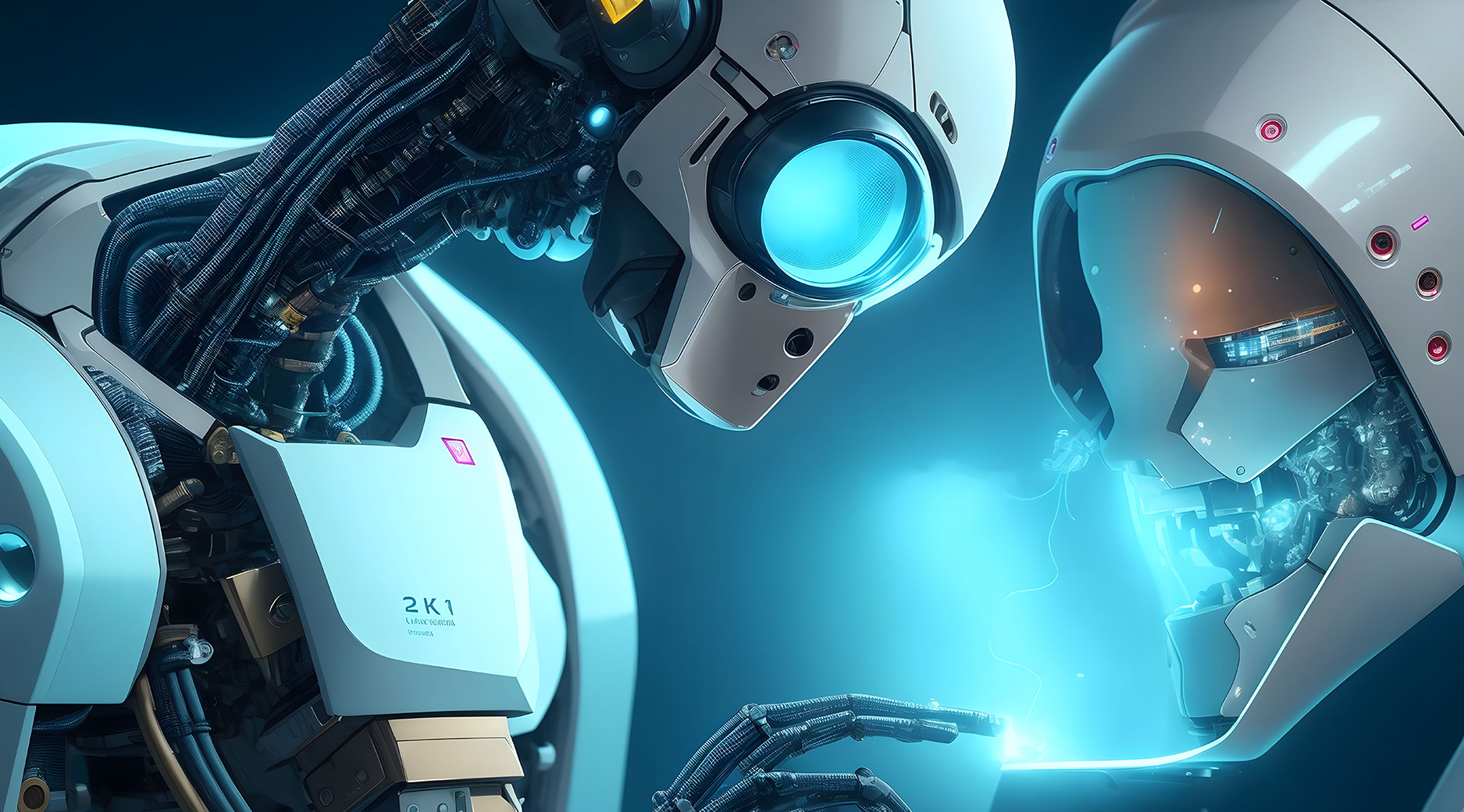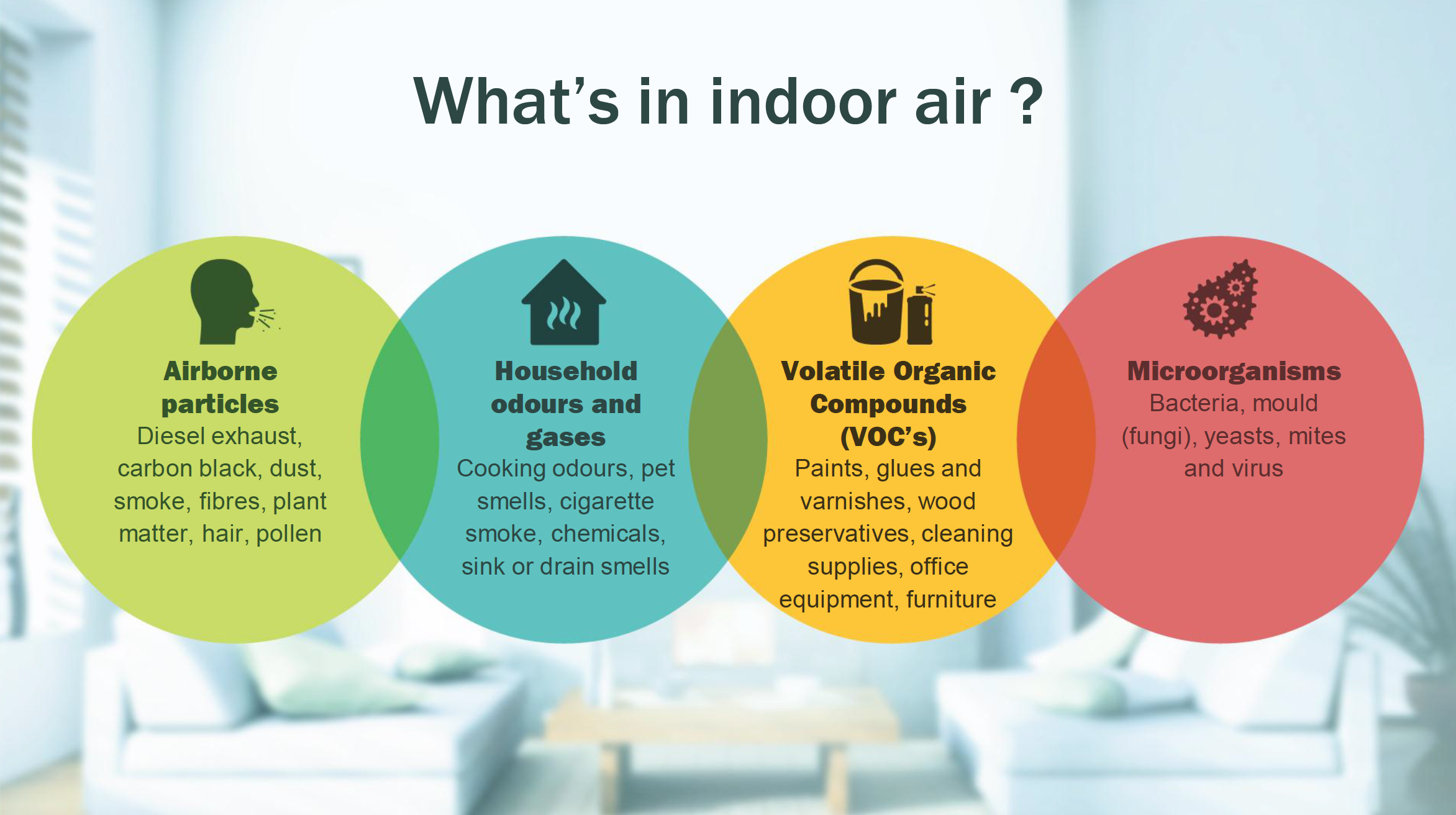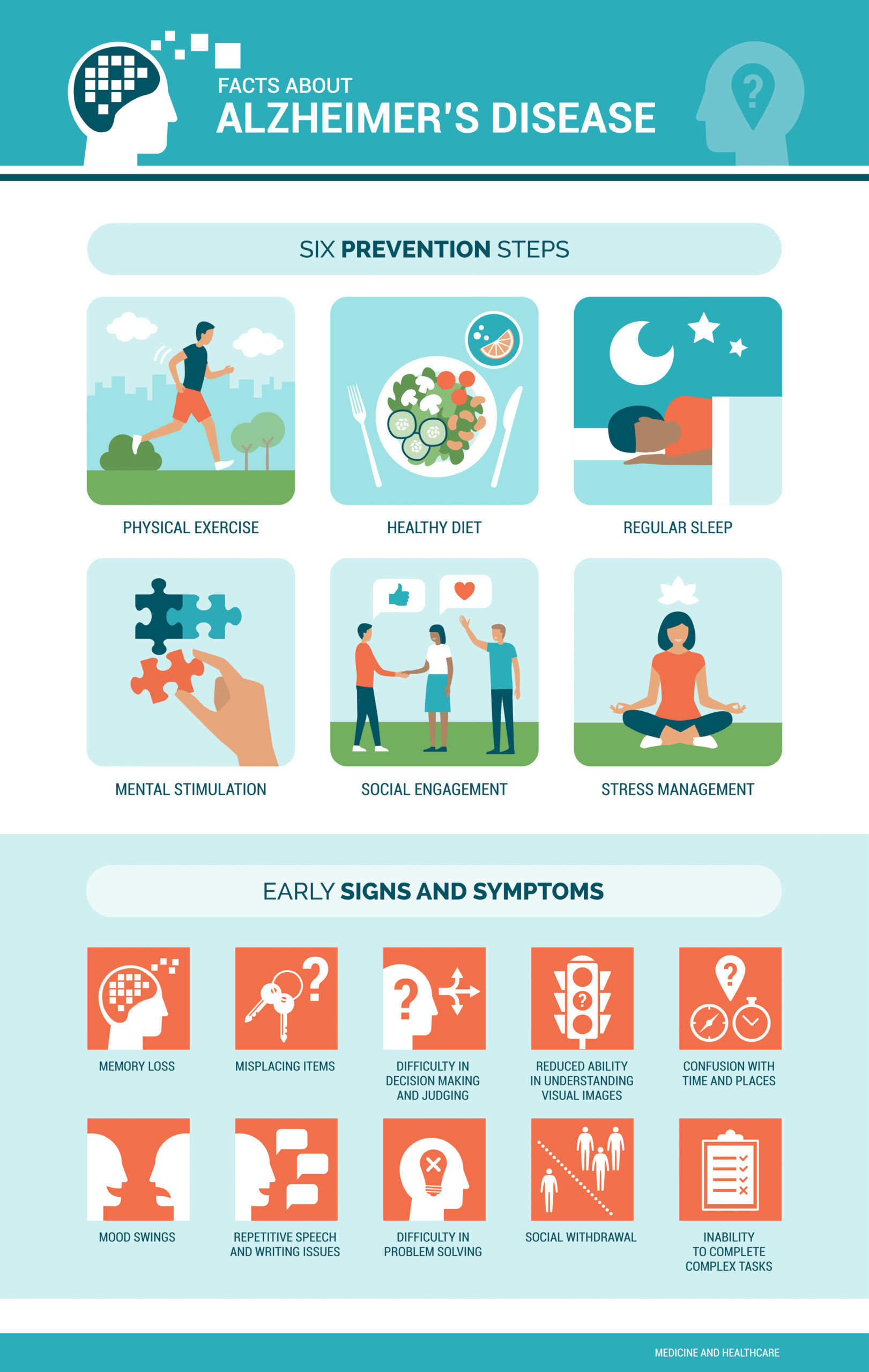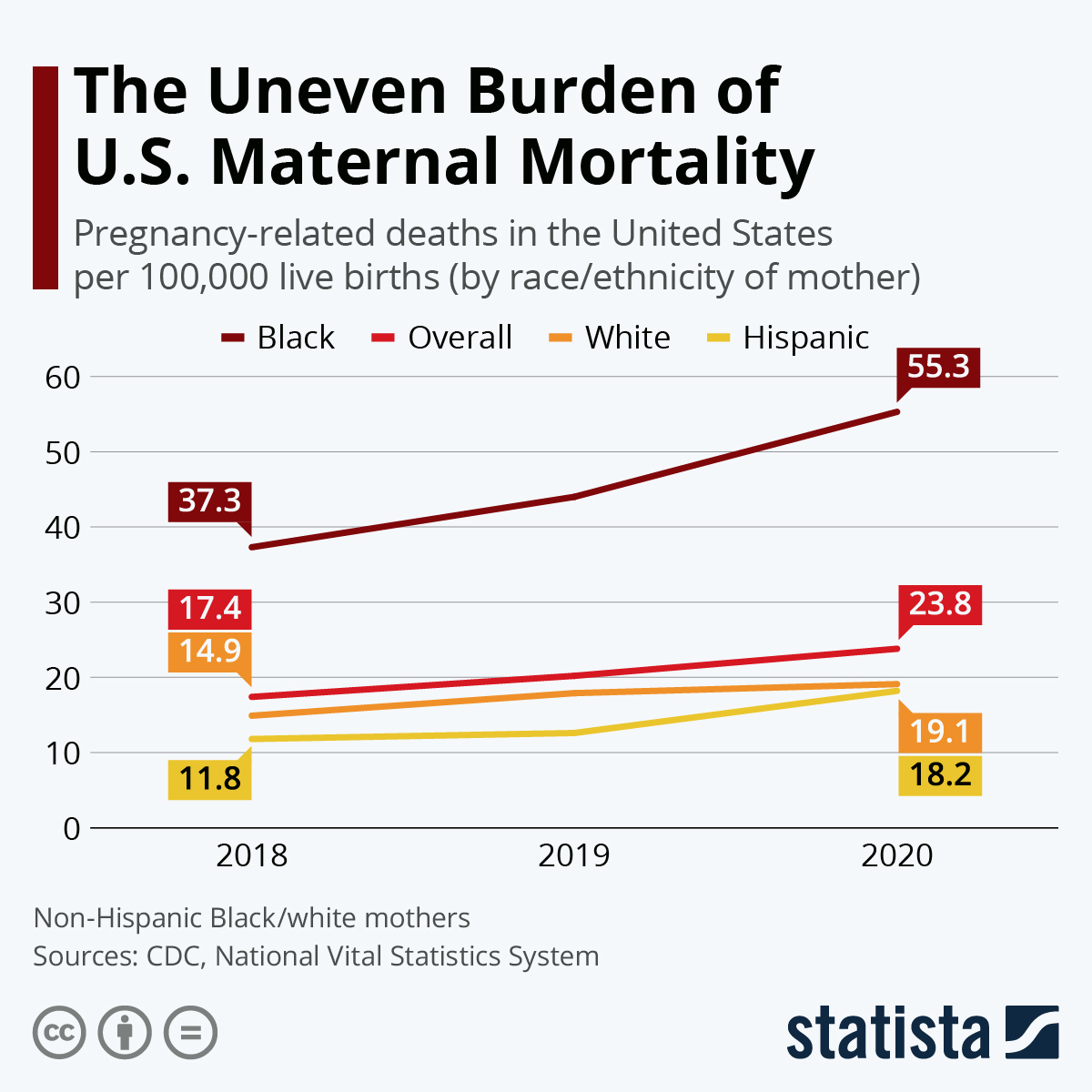Pediatric cancer AI predictions are transforming how we approach treatment and monitoring in young patients, especially those with brain tumors like gliomas. A groundbreaking study from Mass General Brigham has revealed that artificial intelligence can dramatically enhance relapse risk assessment compared to traditional methods. By leveraging advanced techniques such as temporal learning in medicine, the AI model meticulously analyzes multiple brain scans over time to predict outcomes with remarkable accuracy. This innovation not only promises to ease the emotional and logistical burden on families navigating the complexities of pediatric oncology but also opens doors for targeted interventions. As we delve into the world of brain tumor AI analysis and the substantial potential held within pediatric gliomas and AI, it’s evident that these insights may significantly improve patient care and outcomes.
The application of AI in pediatric oncology represents a significant leap forward in cancer treatment methodologies. Through innovative techniques, researchers have developed predictive tools that assess the risk of cancer recurrence among young patients with conditions such as gliomas. By utilizing a diverse array of brain scans and advanced machine learning algorithms, these AI systems are capable of providing insights that far surpass traditional diagnostic methods. As the focus shifts towards precision medicine and tailored therapies, the integration of artificial intelligence into clinical practice is poised to revolutionize patient management. Understanding these advances is crucial for parents, caregivers, and healthcare professionals as they strive for the best possible outcomes in pediatric cancer care.
The Role of AI in Pediatric Oncology
Artificial Intelligence (AI) is revolutionizing pediatric oncology by providing tools that can predict the course of treatment and patient outcomes. In a recent study, AI demonstrated its potential to predict the risk of relapse in pediatric cancer patients, particularly those suffering from brain tumors like gliomas. The use of AI in pediatric oncology goes beyond simple predictions; it establishes a new benchmark for accuracy in understanding patient trajectories by integrating data from longitudinal imaging studies.
Integrating AI into pediatric oncology not only improves prediction models but also alleviates the stress associated with routine imaging for young patients. The ability of AI to analyze trends in brain scans over time enables clinicians to identify patients who may require more or less frequent imaging, thus balancing the need for careful monitoring with the emotional and physical burden these processes can impose on families. This transformation in pediatric cancer management underscores AI’s pivotal role in modern healthcare.
Improving Glioma Recurrence Prediction with AI
The challenge of predicting glioma recurrence in pediatric patients has long posed difficulties for healthcare professionals. Traditional methods often fall short, resulting in delays in treatment response and increased anxiety for families. However, the introduction of a sophisticated AI tool, utilizing temporal learning, has significantly enhanced predictive accuracy, with results showing a range of 75-89% accuracy in predicting glioma recurrence within a year post-treatment. This advancement represents a major leap forward in personalized medicine.
By analyzing a series of MRI scans taken over time, the AI tool identifies subtle changes that may indicate the likelihood of cancer returning. This contrasts sharply with conventional approaches that typically rely on single imaging assessments, which yield predictive accuracies similar to chance. The implementation of this advanced AI methodology opens new pathways for timely medical interventions, ensuring that children at high risk receive the necessary treatments before relapses occur, ultimately improving patient outcomes.
Temporal Learning: A Game Changer in Cancer Analysis
Temporal learning in AI is changing the landscape of medical analysis, especially in pediatric oncology where continuous monitoring is crucial. By employing this innovative approach, researchers have been able to train models to recognize patterns across multiple MR scans over time, enhancing the prediction capabilities significantly. This continuous learning process allows the AI to adapt and evolve its understanding of each patient’s unique cancer journey, something traditional models could not achieve.
With temporal learning, the AI is not only limited to analyzing isolated data points but instead leverages a broad spectrum of information collected over time. This technique introduces a more nuanced understanding of how tumors behave post-surgery and allows for more proactive patient management. As the AI continues to refine its algorithms based on real-world data, its applications may extend beyond gliomas, offering valuable insights across various types of pediatric cancers.
The Future of Pediatric Gliomas and AI Technology
As AI technology advances, the future of managing pediatric gliomas looks promising. With the introduction of AI models capable of predicting disease recurrence with high accuracy, healthcare providers are optimistic about the potential for improved patient outcomes. These tools not only assist in early detection of potential relapses but may eventually lead to tailored treatment plans that align closely with a patient’s individual risk profile.
Moreover, the possibility of conducting clinical trials that incorporate AI-informed predictions could pave the way for groundbreaking changes in treatment protocols. If successful, these initiatives could reduce the emotional and physical burdens associated with frequent imaging, allowing families and patients to focus on recovery rather than the stress of constant monitoring. As research progresses, collaborations between hospitals and AI research programs are vital in ensuring that advancements translate into clinical practices that benefit young patients.
Benefits of AI Analysis in Pediatric Cancer Care
The integration of AI in pediatric cancer care provides numerous benefits, particularly in enhancing diagnostic accuracy and treatment planning. AI tools equipped with machine learning capabilities can analyze vast datasets quickly, identifying patterns that might not be immediately apparent to human clinicians. This is especially important in tracking the progression of pediatric gliomas, where timely interventions can significantly alter treatment outcomes.
Furthermore, AI-driven approaches enable personalized medicine by allowing healthcare providers to tailor treatments according to each child’s unique characteristics and responses. For instance, by assessing the likelihood of glioma recurrence, the AI can help clinicians decide whether to escalate treatment for high-risk patients or ease off on frequent imaging schedules for those at lower risk. Such precision not only optimizes the care patients receive but also minimizes unnecessary anxiety and burdens associated with repeated procedures.
AI Predictive Models: Transforming Patient Management
In pediatric oncology, AI predictive models represent a transformative step toward more efficient patient management. By utilizing historical data and longitudinal imaging studies, these models facilitate the early identification of potential complications, allowing for timely interventions. The improved accuracy of predictions related to glioma recurrence is a prime example of how AI can enhance clinical decision-making.
As healthcare providers adopt these AI-driven models, the focus will increasingly shift toward personalized patient care. The ability to anticipate challenges and tailor treatment regimens accordingly paves the way for more streamlined workflows in oncology departments. This not only ensures that patients receive appropriate follow-ups but also aids in resource allocation within healthcare settings, making healthcare delivery both effective and efficient.
Reducing Burdens: How AI Aids Families of Patients
The emotional and physical burdens faced by families with pediatric cancer patients can be daunting. Traditional monitoring protocols often require frequent imaging scans, which can be stressful for both the child and their family. However, the introduction of AI in pediatric oncology, specifically in monitoring gliomas, has shown the potential to alleviate some of these burdens by reducing the frequency of necessary imaging while still maintaining high levels of care accuracy.
By harnessing the power of AI predictions, families may find themselves navigating a more efficient care process. Lowering the number of scans for those identified as at lower risk means fewer hospital visits and reduced anxiety associated with imaging. For high-risk patients, AI can provide early alerts, ensuring that families are prepared for any further treatment needed, thus presenting a more hopeful outlook on their journey through recovery.
Clinical Trials and the Future of AI in Oncology
The future of AI in pediatric oncology seems promising, especially with plans to engage in clinical trials that will validate the findings of recent studies. These trials will test whether AI-informed predictions not only enhance accuracy but actively improve patient care outcomes. By addressing the essential question of how AI can be integrated into clinical environments, researchers are gearing up to pave the way for wider adoption of this technology.
Should these trials demonstrate the effectiveness of AI applications in monitoring and predicting pediatric glioma recurrence, the implications for oncology could be profound. The results could lead to more standardized protocols that encompass AI tools, elevating the standard of care and ensuring that each young patient receives the most informed, proactive treatment possible.
Barriers to Implementation of AI in Pediatric Oncology
Despite the promising capabilities of AI in pediatric oncology, several barriers still hinder widespread implementation. Issues such as data privacy, the integration of AI tools into existing healthcare systems, and the need for clinician training to effectively utilize these advanced technologies can stall progress. Additionally, skepticism among some healthcare professionals regarding AI’s reliability and accuracy raises concerns about over-reliance on these tools.
Overcoming these barriers requires collaborative efforts among healthcare professionals, researchers, and policymakers. Establishing clear guidelines for data sharing and patient privacy, alongside rigorous training programs for clinicians, will be critical in fostering trust and ensuring the safe application of AI in pediatric oncology. Addressing these challenges will ultimately enable more patients to benefit from groundbreaking treatment advancements.
Frequently Asked Questions
How does AI in pediatric oncology improve predictions for glioma recurrence?
AI in pediatric oncology utilizes advanced machine learning algorithms to analyze multiple brain scans over time, significantly enhancing the accuracy of glioma recurrence predictions. By employing techniques like temporal learning, AI can identify subtle changes and patterns in imaging data, leading to a more reliable assessment of relapse risk than traditional methods.
What role does temporal learning play in pediatric cancer AI predictions?
Temporal learning is critical in pediatric cancer AI predictions as it trains models to analyze a sequence of brain scans taken over time. This approach enables the AI to recognize trends and subtle variations associated with glioma recurrence, thereby improving predictability and potentially guiding treatment decisions.
Why is brain tumor AI analysis crucial for pediatric glioma patients?
Brain tumor AI analysis is essential for pediatric glioma patients since it provides a powerful tool for predicting recurrence risk. By surpassing the accuracy of conventional methods, this technology enhances the management of care, ensuring timely interventions and tailored follow-up strategies for young patients at risk of relapse.
What benefits does AI offer in managing pediatric gliomas?
AI offers numerous benefits in managing pediatric gliomas, including more accurate predictions of recurrence using comprehensive imaging data. This can reduce the frequency of stressful follow-up MRIs for low-risk patients while ensuring high-risk patients receive timely and targeted treatments, ultimately improving outcomes in pediatric oncology.
Can AI tools predict relapse risk in pediatric cancer with better accuracy than traditional methods?
Yes, AI tools can predict relapse risk in pediatric cancer with significantly better accuracy than traditional methods. Recent studies have shown that AI models, particularly those utilizing temporal learning, can achieve predictive accuracies of 75-89% for gliomas, far exceeding the roughly 50% accuracy of single-image predictions.
What future developments are expected in pediatric cancer AI predictions?
Future developments in pediatric cancer AI predictions may include the validation of AI models across various clinical settings to enhance their reliability. Additionally, researchers aim to initiate clinical trials to assess the impact of AI-informed predictions on patient care, including optimized imaging schedules and tailored therapy for high-risk pediatric glioma patients.
How can AI-informed risk predictions impact the care of pediatric brain tumor patients?
AI-informed risk predictions can significantly impact the care of pediatric brain tumor patients by allowing clinicians to personalize treatment plans. For instance, those identified as low-risk may undergo less frequent imaging, reducing the patient’s stress and burden, while high-risk patients may receive proactive treatments tailored to their predicted needs.
| Key Point | Description |
|---|---|
| AI Tool Efficiency | An AI tool has exhibited a superior ability to predict relapse risk in pediatric cancer patients over traditional methods. |
| Pediatric Gliomas | Pediatric gliomas are often treatable with surgery, but relapses can be severe. |
| Study Details | Conducted by researchers from Mass General Brigham and Boston Children’s Hospital, using nearly 4,000 MR scans from 715 patients. |
| Temporal Learning | The AI utilized a new technique called temporal learning, which analyzes multiple brain scans over time. |
| Prediction Accuracy | The model predicted recurrence accuracy of 75-89%, significantly higher than the 50% accuracy of single image predictions. |
| Future Prospects | Researchers aim to validate the AI model further and potentially improve care through clinical trials. |
Summary
Pediatric cancer AI predictions represent a significant advancement in the management of pediatric gliomas, demonstrating that AI tools can improve the accuracy of relapse risk assessments over traditional methods. This innovative approach enhances the possibility of tailoring patient care, ultimately contributing to better outcomes for children battling cancer.



